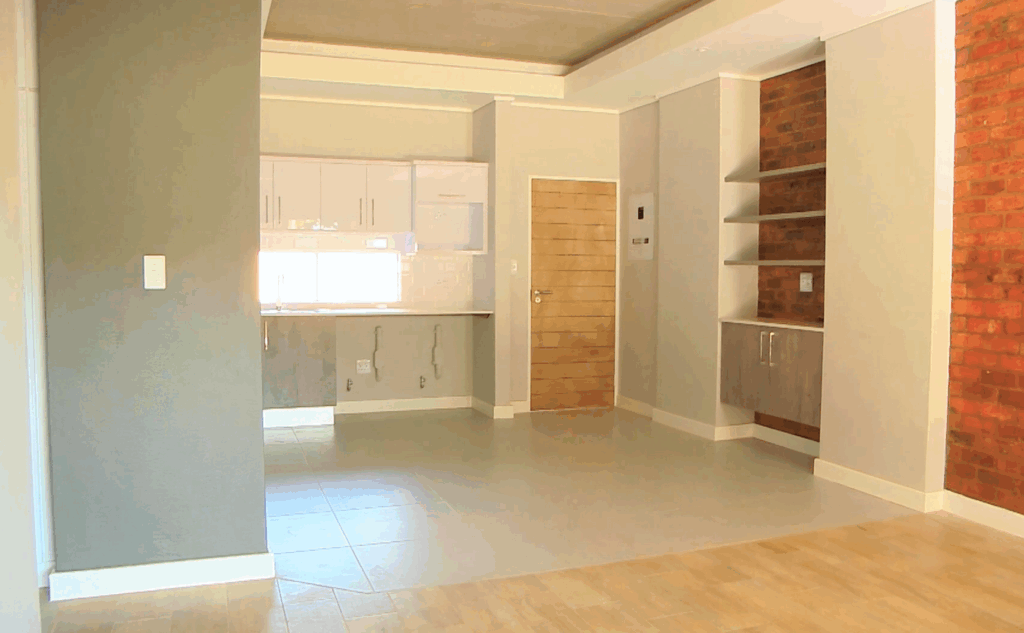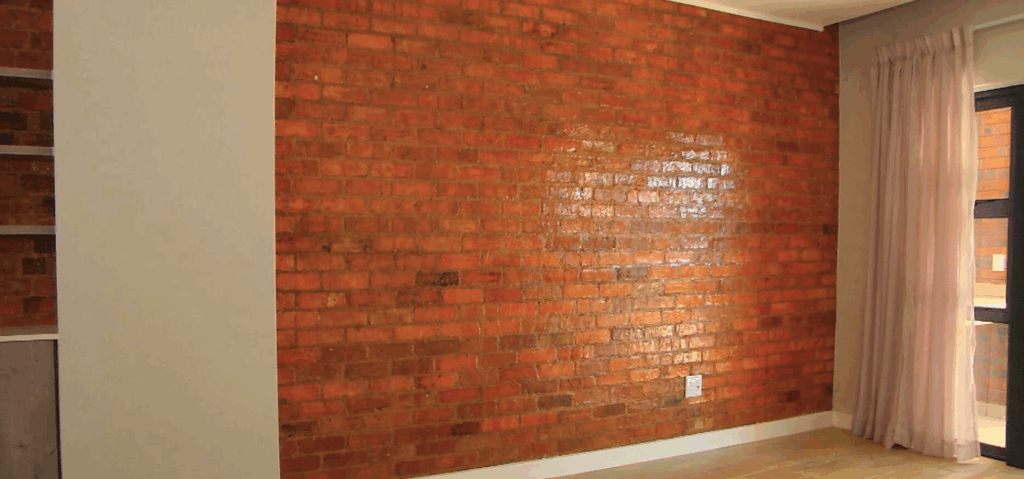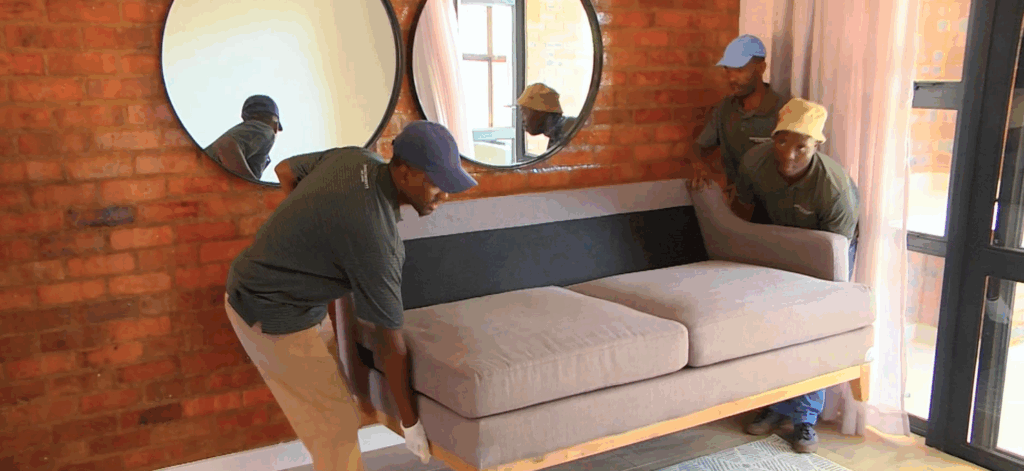Setting the Stage How Design Sells a Home
In today’s property market, presentation is everything. With more homes for sale than there are buyers, sellers are learning that first impressions can make or break a deal. The solution isn’t a price cut, it’s home staging: the subtle art of transforming empty or cluttered spaces into inviting, livable scenes that help potential buyers imagine a life within their walls.

Designing the Vision
Empty rooms, no matter how well built, often fail to connect emotionally. A furnished space, on the other hand, gives shape to possibility. Home stager Vanessa de Villiers approaches each property by studying its architecture, flow, and light before selecting furniture and decor that suit its character. In a recent development, raw concrete, exposed brick, and steel called for a more masculine aesthetic, one that spoke to the building’s structure rather than softened it. A daybed, outdoor rugs, and a restrained palette of greys and blues created a space that felt both grounded and relaxed, perfect for South Africa’s warm climate.
Balancing Character and Neutrality
Staging isn’t about personal style, it’s about restraint. Too many personal belongings make it difficult for buyers to see themselves in the home, while empty rooms feel cold and uncertain. The goal is balance: curated decor that hints at lifestyle without defining it. Neutral tones, simplified layouts, and careful lighting help guide the eye through each room, allowing architecture and proportion to take the lead.

The Psychology of Space
A staged home is more than a visual display, it’s a performance of belonging. Buyers step into the scene and, if the staging succeeds, feel an instant sense of comfort and possibility. Every detail, from the positioning of a sofa to the glint of a table lamp, is designed to evoke emotion and familiarity. It’s not about deception but about helping buyers imagine the home’s potential.

From Empty to Alive
The impact of staging is measurable. Properties that sit unsold for months often move within weeks once they’ve been thoughtfully furnished. A Hyde Park home left vacant for two years sold after its first show day following a full staging, proof that ambience sells as much as architecture. Clean lines, a touch of softness, and a sense of order turn spaces into stories buyers want to step into.

A Few Simple Touches
Even sellers without professional help can benefit from a few principles of staging: remove personal photographs, reduce clutter, fix minor repairs, and keep the house spotless. A tidy kitchen counter, a neatly folded towel, and a vase of fresh greenery can all subtly shift perception. The aim is to create calm, a place that feels move-in ready, not lived-in.
Design as a Silent Sales Tool
Home staging sits at the intersection of design and psychology. It doesn’t shout for attention; it invites it quietly. Through furniture placement, light, and texture, an ordinary property becomes a space with purpose. In a market where choice overwhelms, design becomes the language of persuasion elegant, understated, and utterly effective.





